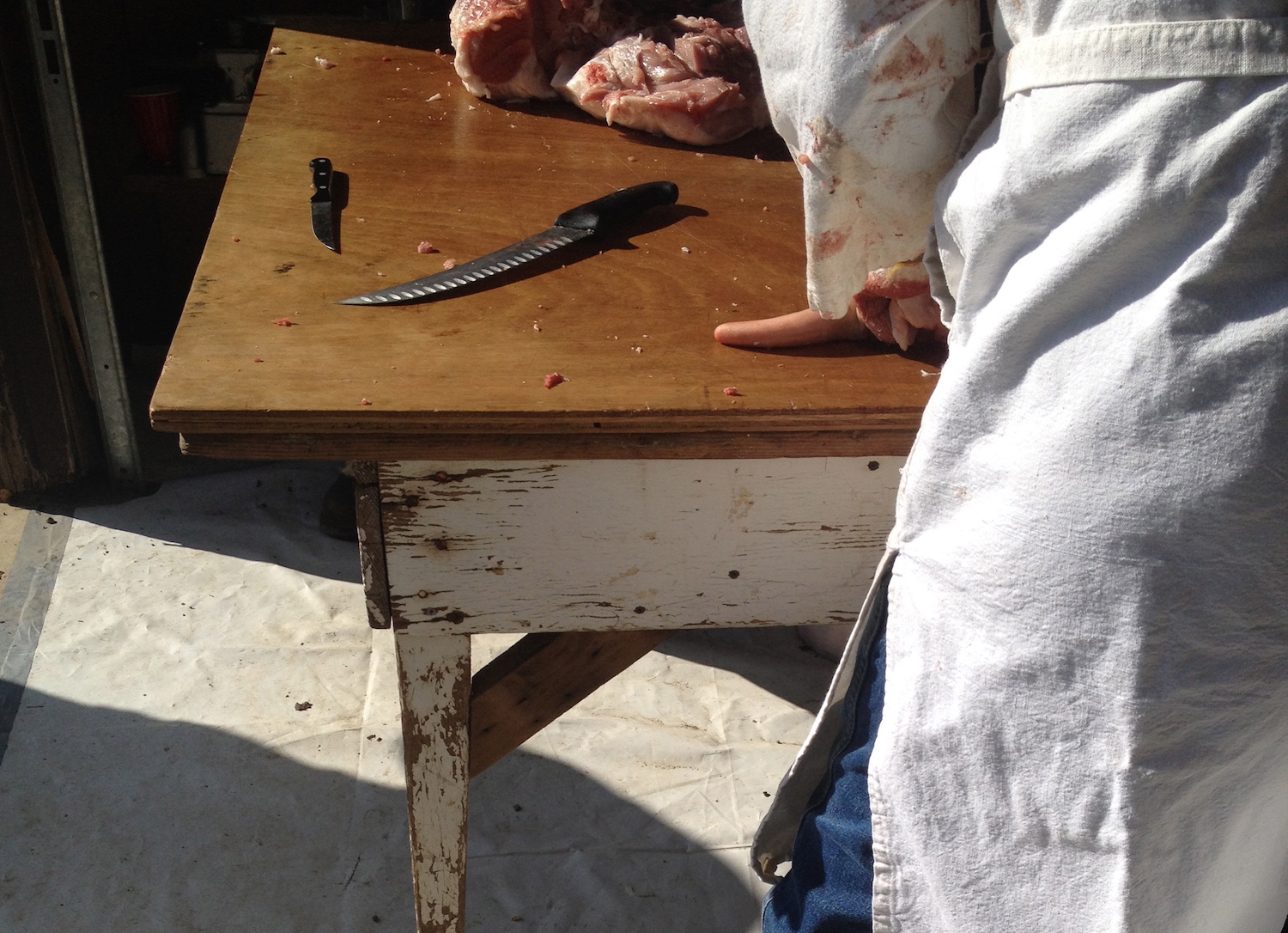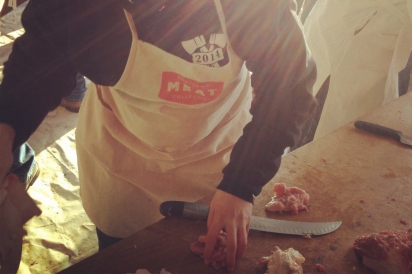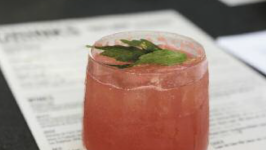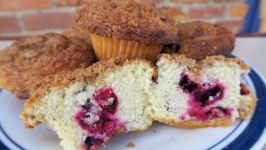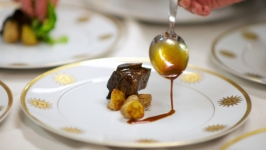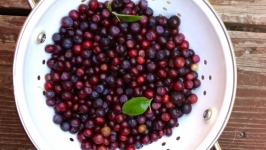Tales from a Wannabe Charcutier: Lessons in the Art of Transforming Proteins
I am one of those people who really likes to know how the sausage is made. More specifically, I’m infatuated with how you transform an ingredient— a raw protein—into something deliciously different.
Chopping, grinding, smoking, curing. These hands-on intricacies all appeal to me. I want to know the backstory of how the savory masterpiece on my plate was created. This obsession began a few years ago. I’d been blogging about what I love to eat and cook for a few months when I stumbled across a blogger event: Charcutepalooza. The challenge was to purchase Michael Ruhlman’s iconic and utterly comprehensive meat preservation bible Charcuterie, then tackle one recipe each month with a few hundred of my anonymous food blogger friends.
I didn’t complete the year-long challenge, but I did get hooked on how proteins are transformed: turning duck breast into prosciutto; transforming pork belly into bacon; brining beef brisket into the best corned beef this half-Irish gal has ever had; breaking down a whole beast into the components needed to salt, smoke or cure. Soon this curiosity took me out of my kitchen and to the Portland Meat Collective for a pork butchery class with the amazing Camas Davis, who’s bringing the craft of whole-beast butchery to the interested masses. The class covered how to split sides of pork into primals using the techniques of seam butchery and how to cut those primals into subprimals like ribs, tenderloins, hams, chops and coppas.
My charcuterie curiosity also led me to tag along with a Basque friend to central California for the decades-old pig killing weekend, where farm families gather annually to share in the work and bounty of pig slaughter, butchery and making of morcilla (blood sausage), chorizo, bacon and ham. They also drink heavily and consume raw meat.
When I began searching for similar classes and suppliers closer to home I was shocked to discover that ingredients for sausage-making, butchery classes and those who recognized and relished charcuterie were tough to find. In a land where DIY is such a part of our DNA, people thought I was speaking a different language: “Shar-cute-ree?” At its essence, the French phrase charcuterie means “prepared meat products.” Historically, charcuterie was about efficiency and practicality: preserving meat before the advent of refrigeration. Now, it’s about transforming a variety of proteins through diverse methods including brining, curing and smoking.
With the Treasure Valley’s numerous farmers markets and our enthusiasm for beef, lamb and pork raised a stone’s throw from our grills, why don’t Boiseans give more credence to this art? Local chefs point to the word itself being a barrier, and a lack of awareness and appreciation of the craft in our market. In a region filled with hunters and anglers it’s a bit ironic that the practice of charcuterie seems so foreign. Any hunter who transforms his game into sausage or jerky, or fires up the Traeger and smokes it into deliciousness, is practicing the art of charcuterie.
Thankfully, the craft is gaining traction in the Treasure Valley’s professional kitchens where there’s a proliferation of house-made bacon, corned beef, sausage and charcuterie platters featuring house-cured pepperoni, prosciutto and bresaola (salted, air-cured beef ). Chefs like Paul Faucher at 10 Barrel, Dustan Bristol at On The Fly, Jered Couch and Wayne Elias at The Dish (now closed), Nate Whitley and Alex Cardoza at The Modern, Wiley Earl at Fork and Alavita and Jay Henry and Kris Komori (formerly) of State & Lemp are all making cured meats in-house. And these chefs want to share. Just ask any of them about these house-made meat products on their menus and they’ll walk you through the learning process and the delicious results.
Through these chefs, and bolstered by my own experiences, I plan to keep exploring the craft of charcuterie—and sharing my interest with anyone who wants to know how the sausage is made.
Charcutepalooza
Charcuterie
Portland Meat Collective | @portlandmeatcollective
Camas Davis | @camasdavis
10 Barrel
On The Fly
Nate Whitley | @natemyproblem
The Modern | @modernhotel
Fork | @fork_boise
Alavita | @alavita_boise
Kris Komori | @kriskomori
State & Lemp | @stateandlemp


